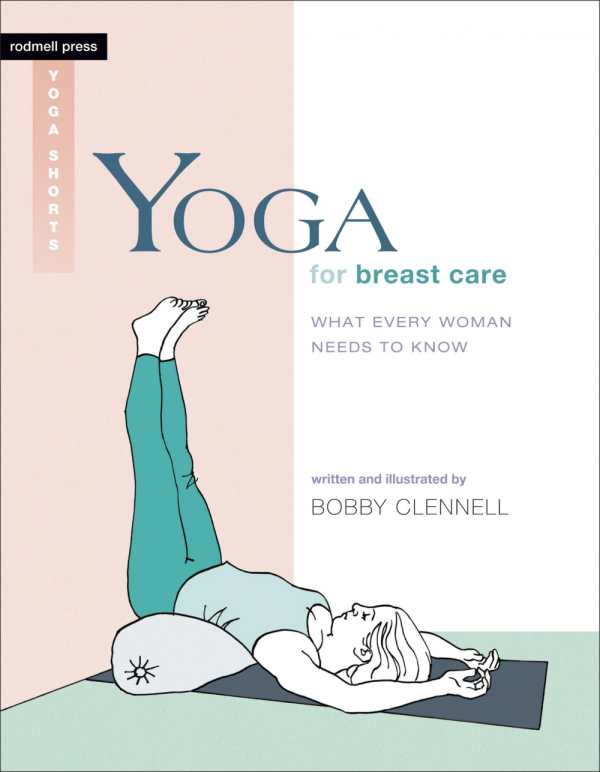Yoga for Breast Care
What Every Woman Needs to Know
Designed specifically for women’s health, this important book is accessible for even beginning yogis.
Bobby Clennell brings knowledge of breast health to women at all stages of adult life in Yoga for Breast Care: What Every Woman Needs to Know. Clennell’s clearly written narrative and helpful illustrations enhance this important book for women.
The breast-health concerns discussed by Clennell include fibrocystic breast condition, pregnancy, breastfeeding, menopause, and breast cancer. She describes poses that can help reduce symptoms of these conditions and promote overall breast health. Sequences of ten or so poses are designed for specific purposes, such as building breast immunity and energy, stages of pregnancy, nursing mothers, lessening effects of breast-cancer treatment, and relaxation. Poses can be adapted to individual physical constraints and are appropriate for women at all levels of yoga experience. A longtime teacher of Iyengar style yoga, Clennell learned the traditional female perspective of yoga from Geeta S. Iyengar.
Divided into five parts, the book’s third section describes selected yoga poses. Clennell excels at explaining the explicit details of a pose that ensure its correct execution for those learning without a teacher. For Hero Pose (a seated asana), she writes, “Use your hands to ease your calf muscles outward and away from the backs of your knees so when you sit, the inner side of each calf touches the outer side of each thigh.”
Knowledge of how yoga poses affect the body is another important aspect that Clennell addresses at the beginning of each yoga sequence. For the series of poses to build strong immune response, she explains, “The breasts move when extending and when jumping in and out of the poses, so lymph flow is stimulated, and breast and armpit tissue is toned.”
Clennell’s direct writing style offers comforting reassurance to allay possible embarrassment about considering the intimate subject. Her simply rendered illustrations reflect that empathy while showing correct body alignment for poses and recommended props and variations. Health contraindications for certain poses, and ways in which poses benefit specific parts of the body, enhance the narrative. A helpful glossary of terms, list of resources, and index conclude the book.
Reviewed by
Margaret Cullison
Disclosure: This article is not an endorsement, but a review. The publisher of this book provided free copies of the book to have their book reviewed by a professional reviewer. No fee was paid by the publisher for this review. Foreword Reviews only recommends books that we love. Foreword Magazine, Inc. is disclosing this in accordance with the Federal Trade Commission’s 16 CFR, Part 255.

